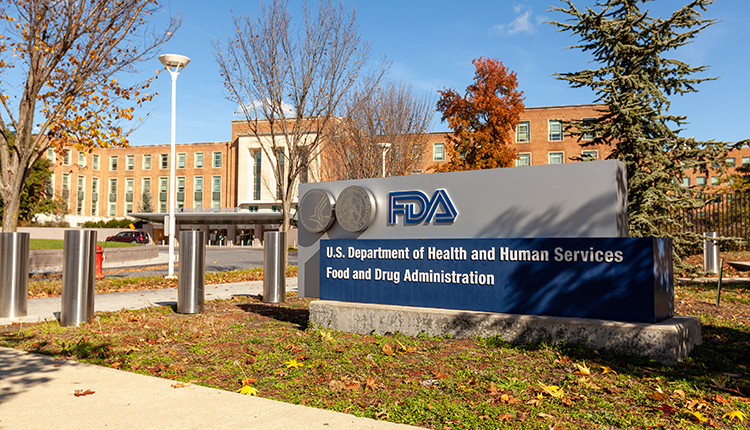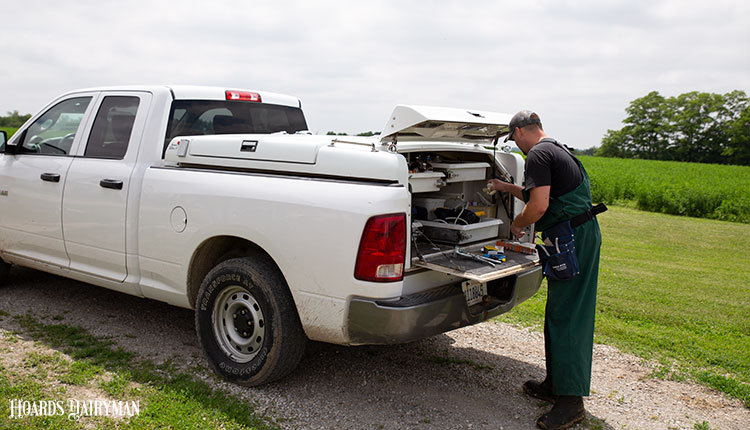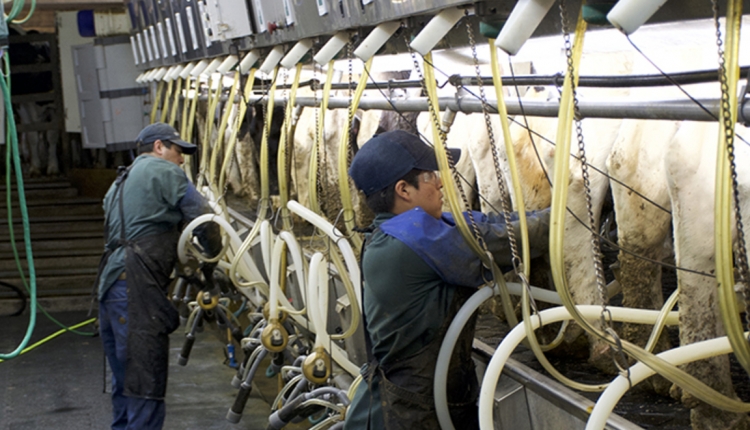
Highly pathogenic avian influenza. H5N1. Bird flu. Regardless of what you may call it, this virus has posed significant challenges to dairy farmers over the past year.
Since the first confirmed case of the H5N1 virus in dairy cattle in Texas last March 25, as of February 7, there have been 959 confirmed dairy herds across 16 states. On February 5, USDA announced a new variant of H5N1 in a herd in Nevada. That made one thing even clearer than before: As the virus evolves, so too must we.
The National Milk Producers Federation (NMPF) has worked closely with federal and state partners, along with industry partners, to share updates and guidance. National Dairy FARM Biosecurity Program resources have provided farms with biosecurity plan templates and educational materials on the best management practices to prevent disease introduction and spread. NMPF also secured grant funding from the National Animal Disease Preparedness and Response Program to expand the FARM Biosecurity Program and help even more producers and state officials to be prepared in an infectious disease outbreak.
NMPF also participates in weekly and daily stand-up calls with various working groups to help shape policies from the Food and Drug Administration and USDA regarding H5N1 in dairy cattle and dairy products. In December, USDA’s Animal and Plant Health Inspection Service announced its National Milk Testing Strategy, a surveillance effort aimed at better tracking herd status in states across the country. Testing under the National Milk Testing Strategy began in six states: California, Colorado, Michigan, Mississippi, Oregon, and Pennsylvania. More states joined in the month following the strategy’s launch, increasing the total to 40 states.
The National Milk Testing Strategy is what led the USDA Animal and Plant Health Inspection Service (APHIS) National Veterinary Services Laboratories toward confirming the new variant in Nevada. This genotype, D1.1, is different from genotype B3.13, which had been found in dairy cows until now. USDA APHIS and the Nevada Department of Agriculture are conducting additional on-farm investigation and testing and gathering more epidemiological information to better understand the effects of the new genotype and to limit further disease spread.
Much about the H5N1 virus remains unknown — how it spreads, how it evolves, how it affects cows long-term, and what it all means for humans. While a new variant is concerning, its detection shows that the systems in place for testing and identifying the virus in dairy cows are working as intended. Continued dedication to information sharing among the scientific community, state and federal officials, and everyone in the dairy supply chain is the only way forward.








